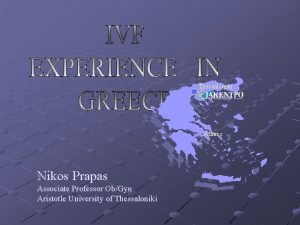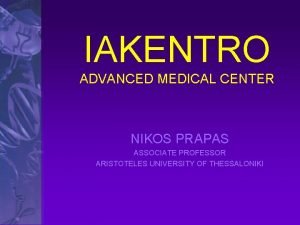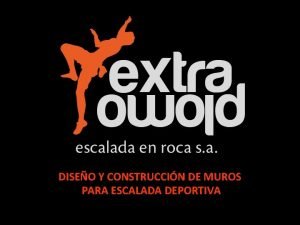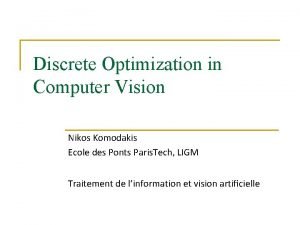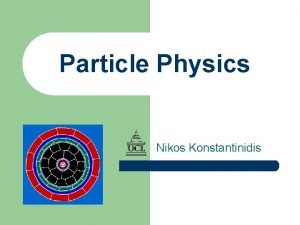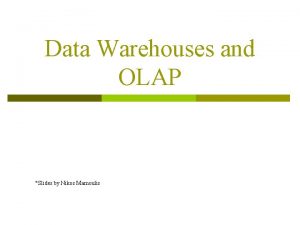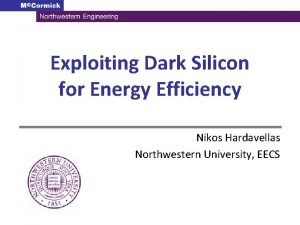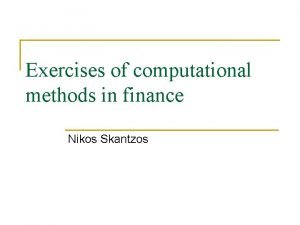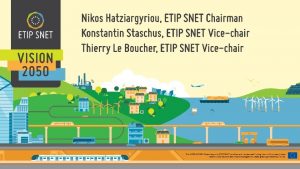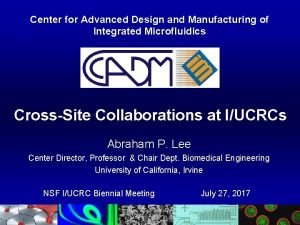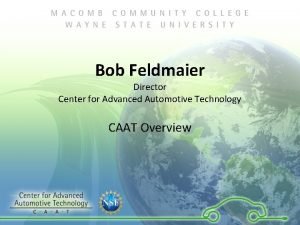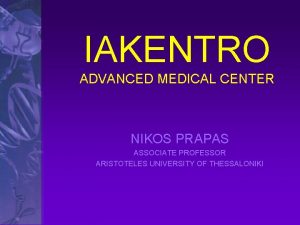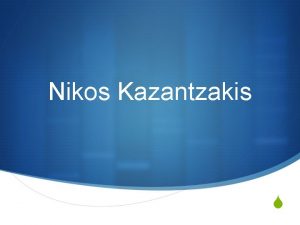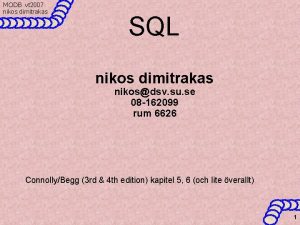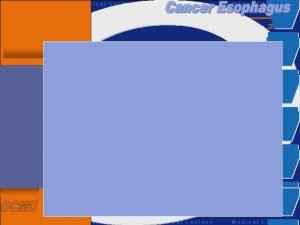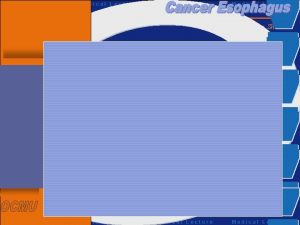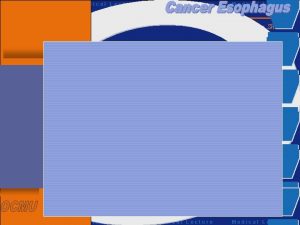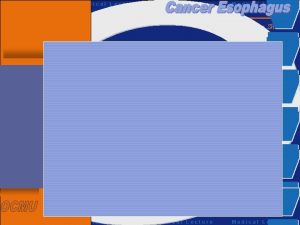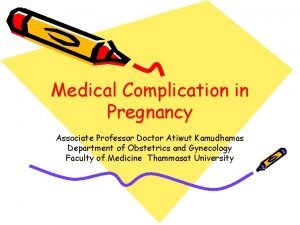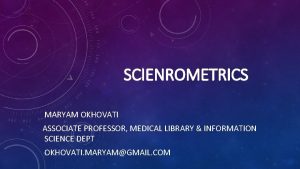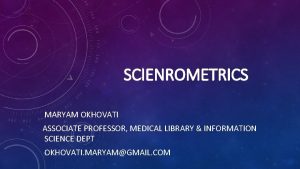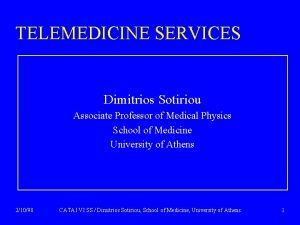IAKENTRO ADVANCED MEDICAL CENTER NIKOS PRAPAS ASSOCIATE PROFESSOR


















- Slides: 18

IAKENTRO ADVANCED MEDICAL CENTER NIKOS PRAPAS ASSOCIATE PROFESSOR ARISTOTELES UNIVERSITY OF THESSALONIKI

IAKENTRO ADVANCED MEDICAL CENTER

OUR TEAM 4 GYNECOLOGISTS 5 EMBRYOLOGISTS, 4 LABORATORY TECHNICIANS, 1 GENETICIST, 1 MOLECULAR BIOLOGIST 2 COORDINATORS OF THE GAMETES DONATIONS PROGRAM

DEPARTMENTS IVF MOLECULAR AND GENETICS LABORATORY MATERNAL - FETAL MEDICINE REPRODUCTIVE SYSTEM SURGERY HYSTEROSCOPY/LAPAROSCOPY

IVF v. Intra Uterine Insemination v. Sperm Diagram - Sperm Enrichment v. In Vitro Fertilization IVF-ICSI v. Male Infertility Treatment FNA-TESE v. In Vitro Maturation IVM v. Oocyte Donation v. Sperm Donation v. Embryo Donation v. Surrogacy

AGE 2007 STANDARD ASSISTED REPRODUCTION METHOD IVF - ICSI < 35 YEARS OLD 35 - 37 YEARS OLD 38 - 40 YEARS OLD FROZEN OOCYTE EMBRYO > 40 DONATION TRANSFER YEARS OLD PREGNANCY % 62, 8 % 48, 7 % 36, 1 % 20, 1 % 56, 8 % 48, 6 %

SPECIALISED EMBRYOLOGICAL LABORATORY TECHNIQUES • Assisted Hatching • Blastocyst Embryo Transfer • Biochemical Embryo Assessment (s. HLA-g) • Single Embryo Transfer (SET) • Sperm Cryopreservation - Sperm Bank • Ovarian Tissue Cryopreservation

Sperm DNA Analysis (DNA Fragmentation – FISH) Preimplantation Genetic Diagnosis (PGS-PGD) Embryo Cryopreservation – Vitrification Oocyte Cryopreservation- Vitrification (Fertility Preservation) In Vitro Maturation

SPERM DNA FRAGMENTATION Examination for the existence of damage to the sperm genetic material (DNA fragmentation) is recommended: v. For couples with more than 3 successive IVF failures v. In cases of IVF where interruption of embryo development is observed in the first days after fertilization v. In cases of recurrent pregnancy loss v. In cases of unexplained infertility

PREIMPLANTATION GENETIC SCREENING - DIAGNOSIS Pre implantation genetic diagnosis is a relatively new technique that detects genetic and chromosomal abnormalities in IVF embryos before embryo transfer. PGD is recommended: v. In case of multiple first trimester miscarriages v. When the candidate mother is over 36 years v. Where there is a history of multiple IVF failures v. When the couple demonstrate chromosomal abnormalities v. When there is already one child with a genetic syndrome, which can be diagnosed in laboratory v. When there is family history of cerebral damage or abnormal development.

High Security Vitrification EMBRYOS LOADING THERMOSEALING ASEPTIC COOLING 1750°C/min

High Security Vitrification v 85% SURVIVAL RATE AFTER WARMING v 65% PREGNANCY RATE (BLASTOCYSTS)

IVM. . Why? Why consider IVM, when we have the establish IVF v Safe for the patient v Risk of OHSS is eliminated v Cheap v For the patient (minus hormone) v For the IVF clinic (visit frequency) v For the society (hospitalization, twins) v First line therapy (before IVF treatment) v Short cycle v IVF 7 -8 week v IVM 3½ week v Ethical point of view v If male factor, IVM treat “her” fairly

IVM. . Why? Traditional IVF IVM Down regulation Daily hormone injection h. CG injection Emotional stress Long treatment, 4 -8 weeks Potential side effects, OHSS No down regulation No hormone injections or only for 3 days No h. CG injection Reduced interference with daily life Reduced treatment time, 2 weeks Not reported any side effects

17 -estradiol 6 mg progesterone 600 mg CD 1 3 4 US 6 US 8 9 10 12 OPU IVF/ ET ICSI 14

When Day - 1 FSH priming Day 2 or day 3 Day 0 Day 1 Oestradiol, 6 mg Progesterone, 600 mg Cycle day 3 US Start on FSH for 3 days Blood sample Cycle day 6 US Cycle day 7 US Cycle day 8 or 9 US Oocyte pickup

Recommended Criteria IVM Inclusion criteria Age 18 -35 Normal ovulatory cycles (26 – 35 days) BMI between 18 -30 kg/m 2, kg x kg/height No endocrine abnormalities Maximum 3 previously failed IVF cycles Cause of infertility PCO & PCOS Male Tubal Unexplained

IAKENTRO Advanced Medical Center Agiou Vasiliou 4, Thessaloniki 54250, Greece Tel : +30 2310 325525 Fax : +30 2310 325765 info@iakentro. gr www. iakentro. gr
 Nikos prapas
Nikos prapas Iakentro athens
Iakentro athens Promotion from assistant to associate professor
Promotion from assistant to associate professor Gbmc infoweb
Gbmc infoweb Torrance memorial map
Torrance memorial map Cartersville medical center medical records
Cartersville medical center medical records Konstantinos argiros triplets
Konstantinos argiros triplets Construcción de muros de escalada
Construcción de muros de escalada Nikos komodakis
Nikos komodakis Nikos konstantinidis ucl
Nikos konstantinidis ucl Nikos mamoulis
Nikos mamoulis Dark silicon
Dark silicon Nikos skantzos
Nikos skantzos Nikos avramidis
Nikos avramidis Nikos hatziargyriou
Nikos hatziargyriou Nikos ignatiadis
Nikos ignatiadis Advanced supply chain planning
Advanced supply chain planning Center for advanced design
Center for advanced design Autocaat
Autocaat
